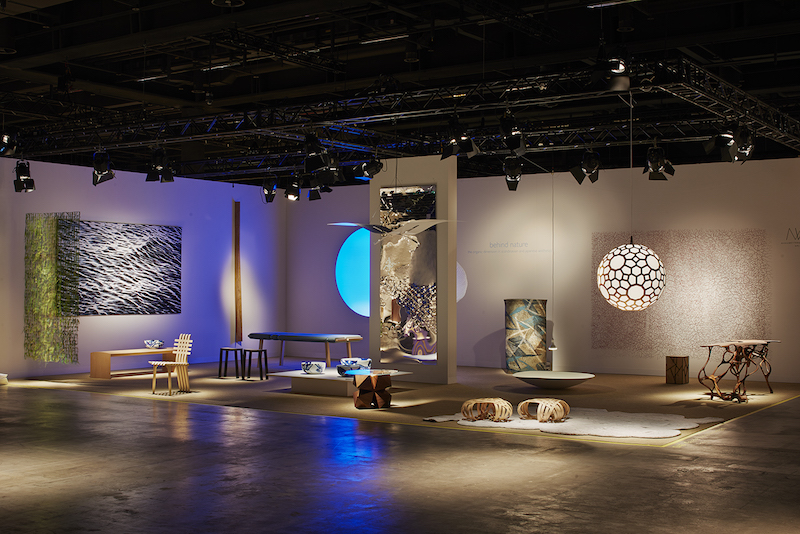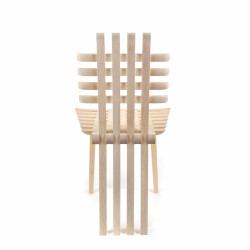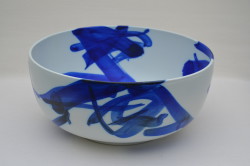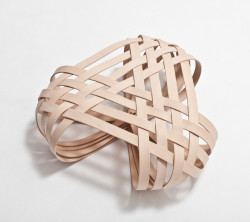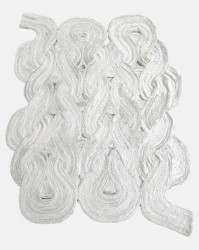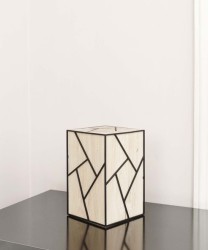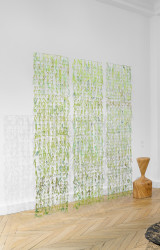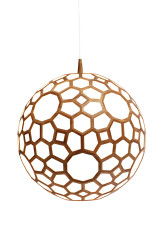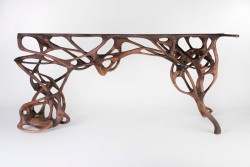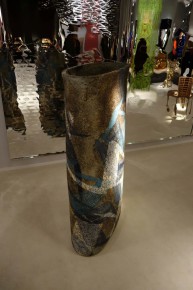
How should we understand the role of Nature in Scandinavian design? What is behind its feeling of quiet force? How does the organic continue to be a tremendous source of inspiration to Nordic contemporary designers? One could certainly approach these questions in multiple ways, but for the exhibition at Design Miami/Basel, Maria Wettergren will be looking towards Japanese aesthetics to find a suitable vocabulary for the organic dimension in Nordic design. Through a selection of contemporary Scandinavian (Danish, Norwegian, Swedish) and Japanese works, the gallery will be highlighting what seems to be a common characteristic of these two design traditions: A quasi-spiritual interest in natural materials, combined with exquisite craftsmanship.
In the Japanese Shinto religion, Nature and natural forces are considered as expressions of divinities. Natural materials are therefore treated with immense respect and spiritual awareness through time-consuming work sessions with no substantial difference between the work of the mind and the hand. Wood, porcelain, fibers, paper, textiles and metals are treated with uttermost attention, perfected, as if to enhance the life of the material (one can almost feel the wood breathing in the Koko Bench by Akiko Kuwahata through her delicate brushing of the winter fibers of the wood).
While the Oriental influence is explicit in Ivan Weiss’ calligraphic porcelain pieces, as well as in Rasmus Fenhann’s Japanometry works, inspired by origami and flawless Japanese cabinetmaking (It’s all about being able to zoom in, infinitely), others are more hidden, literally rooted in Nature. The work Vedbju by Gjertrud Hals, inspired by moss growing on Japanese Shinto Temples, is a wall tapestry made of lichen, whereas Insula, an organic grid made of metal wire covered with 50 layers of paper pulp, refers to the Insula Cortex of the brain.
The inspiration from organic life is equally present in their use of natural phenomenon as a means of expression. Rather than imitating Nature, it is natural laws such as gravity, tension, organic growth, light transitions and acoustics that are being explored in the works of Keiji Ashizawa (Gravity), Eske Rex (Unfolded Plank), Mathias Bengtsson (Growth Table), Astrid Krogh (Skylight) and Cecilie Bendixen (Volume).
In these works, we are witnessing an open, dynamic form of beauty, shared by Scandinavian and Japanese creators alike, an aesthetic based on dynamic versus static, fluid versus frozen, open versus closed, essential versus accessory.
- Design Miami/Basel
- Read more
How should we understand the role of Nature in Scandinavian design? What is behind its feeling of quiet force? How does the organic continue to be a tremendous source of inspiration to Nordic contemporary designers? One could certainly approach these questions in multiple ways, but for the exhibition at Design Miami/Basel, Maria Wettergren will be […]



